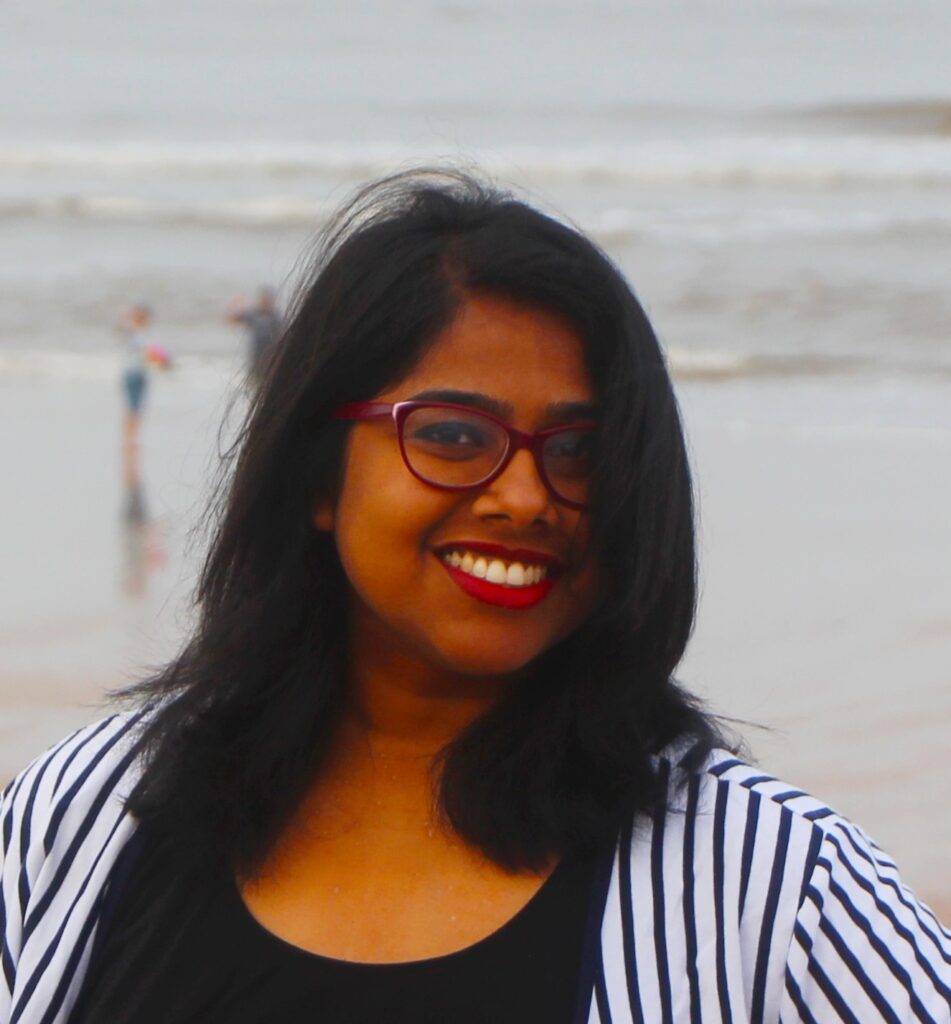
ESR 9
Nidhi
Architectures and Supporting Algorithms for Spectrum and CA for Small Cells and Ultradense Deployments
LinkedIn: https://www.linkedin.com/in/nidhi348/
Biography
My name is Nidhi and I am from Ranchi, India. I am a self-driven, motivated and easy-going person. I like to keep myself engaged with things like painting, crafts, music, walking down the lane, cooking etc. when I am not working. I love playing chess. I have done my Masters in Wireless Communication from BIT Mesra in India and have a Bachelor’s degree in Electronics and Communication from BPUT University in India. I have been working as an Engineer with DigiCollect and Agiliad Technologies, where my work involved Embedded System development, part of Industrial Automation. Post my Master’s Degree I have worked as a Research Engineer for 5G technologies. I did my specialization in Wireless Communications and for my doctorate, I undertook New RAN Techniques for 5G Ultra-dense Mobile networks-TeamUp5G.
Objectives
The objective of my research will define reference scenarios, KPIs, use cases and system requirements for SCs deployments. Then, the goal of this project is to design and evaluate architectures and supporting energy-efficient algorithms for spectrum and carrier aggregation to support energy efficient communications in the defined reference scenarios and according to the identified usage and system requirements. The aim is to design clever, versatile and non-complex architectures that eases deployment, and would support plug-and-play capabilities that would not add to costs of cell dimensioning and planning. The supporting algorithms should allow for seamless handover between radio (RF) and non-radio (e.g., VLC) technologies, whenever required to offload the unlicensed spectrum.
Expected Results
Logical and physical functionalities and entities for spectrum and carrier aggregation and the required protocols and mechanisms to enable their operation within the architectural concepts. The performance is determined in terms of achievable user throughput, delays, capacity enhancement by link and system-level simulations and a selected set of techniques will be prototyped for a proof of concept.
Institutions and Supervisors
- Main Institution: Aarhus University (AU)
- PhD Enrollment: Aarhus University (AU)
- Academic Supervisor: Dr. Albena Dimitrova Mihovska (AU)
Secondments
PDM: multiple time slots
